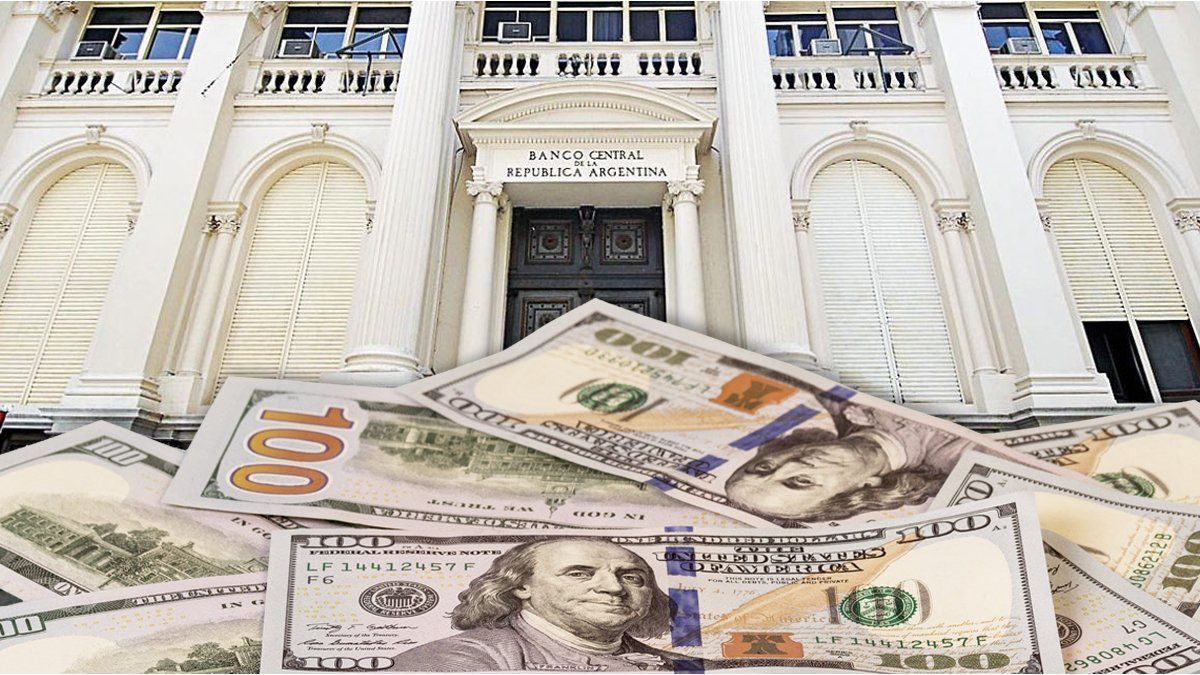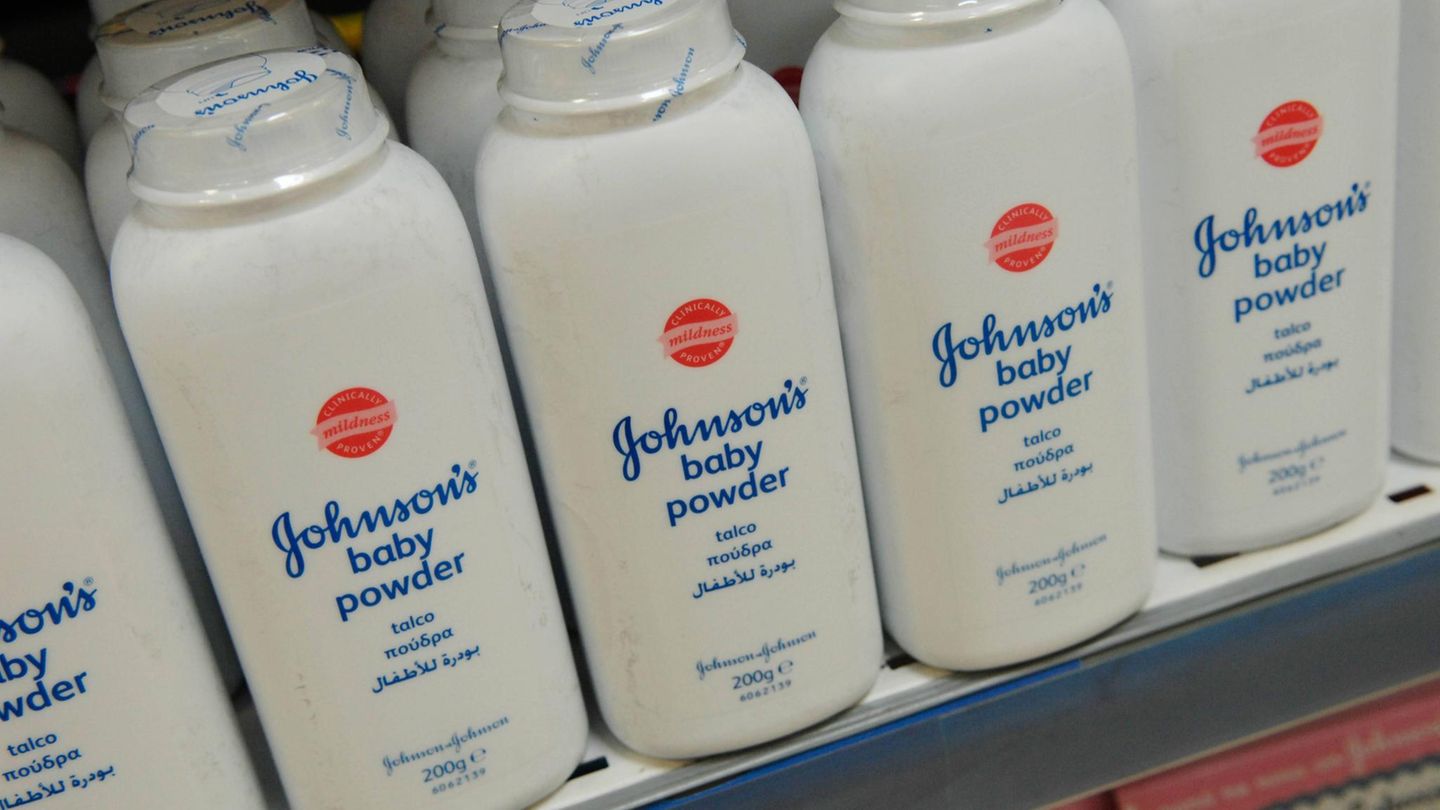The Central Bank is going through an unusual streak of currency purchases for this time of year, which excites the city. Supported by the result of money laundering and the rise of financing in foreign currency to the private sector, The BCRA managed to obtain about US$3.3 billion since mid-September. However, that good performance It did not have a mirror correlation in the recovery of net reserves, which remain in very negative territory. Even so, that factor for now does not seem to cloud the market euphoriawhich now hopes that the flow of dollars will arrive through debt.
This Wednesday, the monetary authority bought US$50 million and completed its 36th consecutive round with a positive balance in the official exchange market. In this way, it accumulated purchases for US$3,365 million since mid-September. The result was completely unexpected before that moment since this time of year is the most challenging in seasonal terms due to the lower flow of foreign currency from agriculture that usually happens when the thick harvest ends.
The factor that changed the trendafter the financial shock of the first part of the third quarter, It was money laundering.. The first stage of asset regularization left a balance of US$20,631 million, only in cash. This result contributed to reversing investor expectations and helped the BCRA build a currency bridge to get through these months. As? Part of the increase in dollar deposits was recycled through the granting of bank loans in foreign currency to companies (more than US$900 million between October and November) and stimulated a boom in issuance of negotiable obligations in dollars (more than US$3,000 million in the same period).
For regulatory reasons, bank loans in foreign currency must be settled in the official market. In the case of negotiable obligations, most of them are also liquidated because this gives companies access to the wholesale dollar to repay not only the capital but also the interest corresponding to the financing obtained. All of this increased the supply of foreign currency and allowed the BCRA to continue this buying streak.
In addition to laundering, The government’s incentive to carry trade also played an important role.. With rates in pesos that exceed the rate of devaluation set by Luis Caputo’s table and leaving juicy profits in dollars, companies that access financing in foreign currency took the opportunity to leverage their entry into the financial cycle.
Dollar: net reserves remain in the red
However, This buying streak did not have an equivalent translation in net reserves. According to calculations by Portfolio Personal Inversiones (PPI), the net international holdings of the BCRA They rose from negative US$7,914 million in mid-September to negative US$6,538 million at the end of last week. This implies an increase of US$1,376 million, less than half of the currencies purchased in that period. Other analysts estimate the current red of reserves at around US$6 billion.
image.png
PPI clarified that these estimates were made based on the IMF methodology. Meanwhile, if the 12-month Bopreal maturities (debt issued by the BCRA itself) and the deposits that the Treasury has in the Central Bank were not deducted from the gross reserves, the net reserves would be negative by US$4,720 million.
Why didn’t everything that the monetary authority bought remain in its net reserves? PPI pointed out some factors: “We must consider that, since then (mid-September), The payment of January coupons of the dollar debt of US$1,528 million was assured and quarterly interest was paid to the IMF for US$821 million.”.
Euphoria reigns in the market
Despite the red in net reserveswhich was one of the main sources of concern just a few months ago, the market is still celebrating today. In recent days, the country risk pierced 750 basis points, the gap between the MEP dollar and the official dollar broke the 10% floor and the Merval index (measured at the CCL) exceeded the nominal peak of January 2018.
It happens that this good financial performance, added to the triumph of donald trump in the United States, increased expectations that the guarantee of foreign debt payments that come after those of January (those are already insured and, in total, in 2025 they mature about US$20,000 million) comes through debt. That is, for an eventual agreement with the IMF that includes fresh dollars, for a repo with international banks, for loans from other international organizations or, later, for a return to international markets.
Meanwhile, the economic team will seek to capitalize on the currency bridge it built so that the BCRA extends its buying streak. “The conditions are in place for the Government’s ‘summer’ to be extended. Such a low gap and a positive crawl rate differential generates the conditions for the BCRA’s buying streak to extend, since it encourages exporters to carry (they advance settlement) and importers (they postpone payments). Likewise, there is room for the stock of loans to grow, which would translate into a greater supply in the official market,” he considered. PPI.
In this context and despite the euphoria of the city, there is some yellow lights that remain on, as Ámbito said. The main doubt concerns the level of the real exchange rate: today it is appreciated at levels that, during the last two decades, were only seen during a handful of months in 2015 and at the end of 2023. But there are other factors that could put pressure on the external front: the devaluation of emerging currencies increases Argentina’s rise in dollar prices and the fall in commodity prices threatens to reduce the flow of agrodollars in 2025. The protectionist policy promised by Trump could exacerbate both trends.
Source: Ambito




